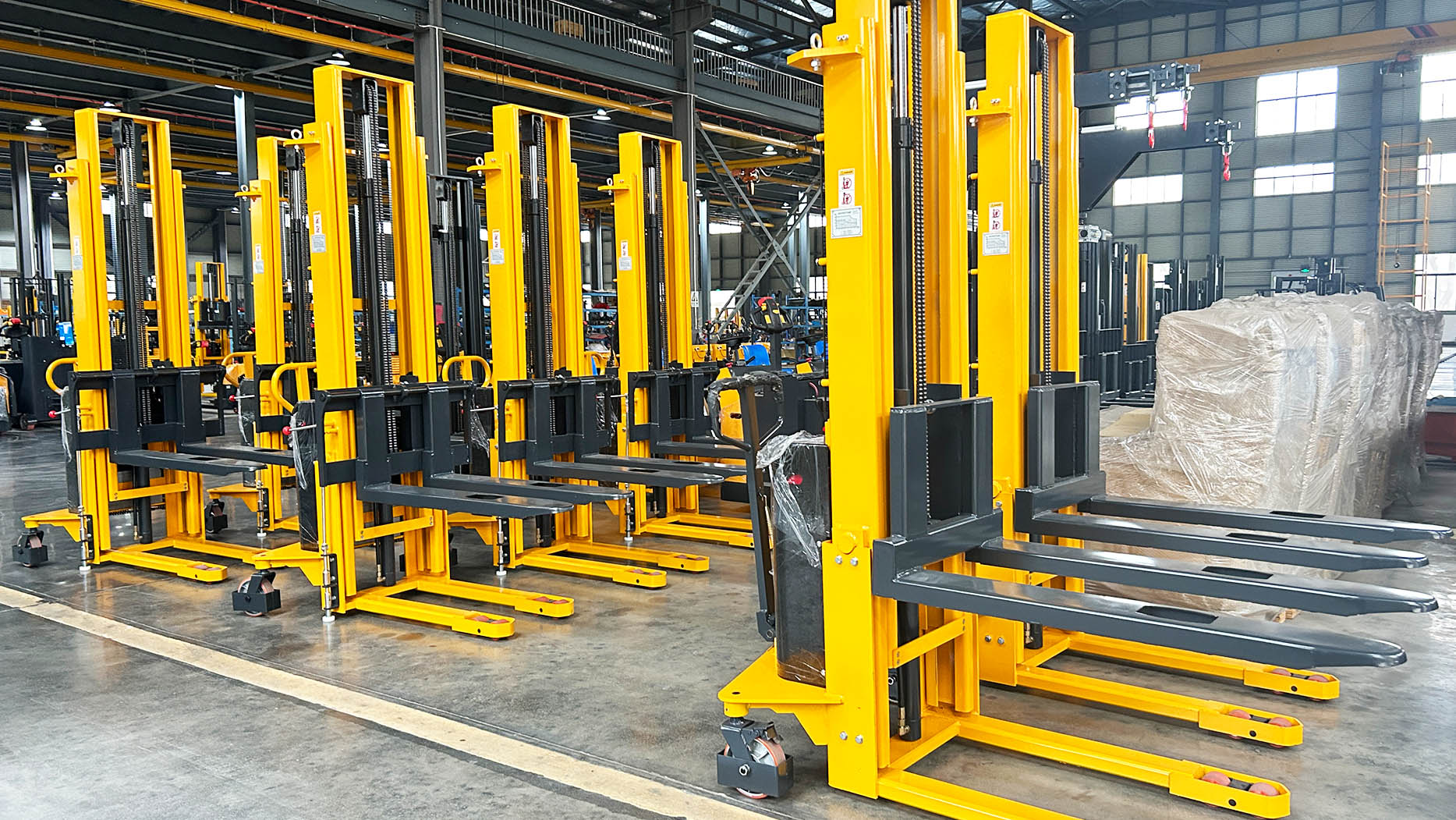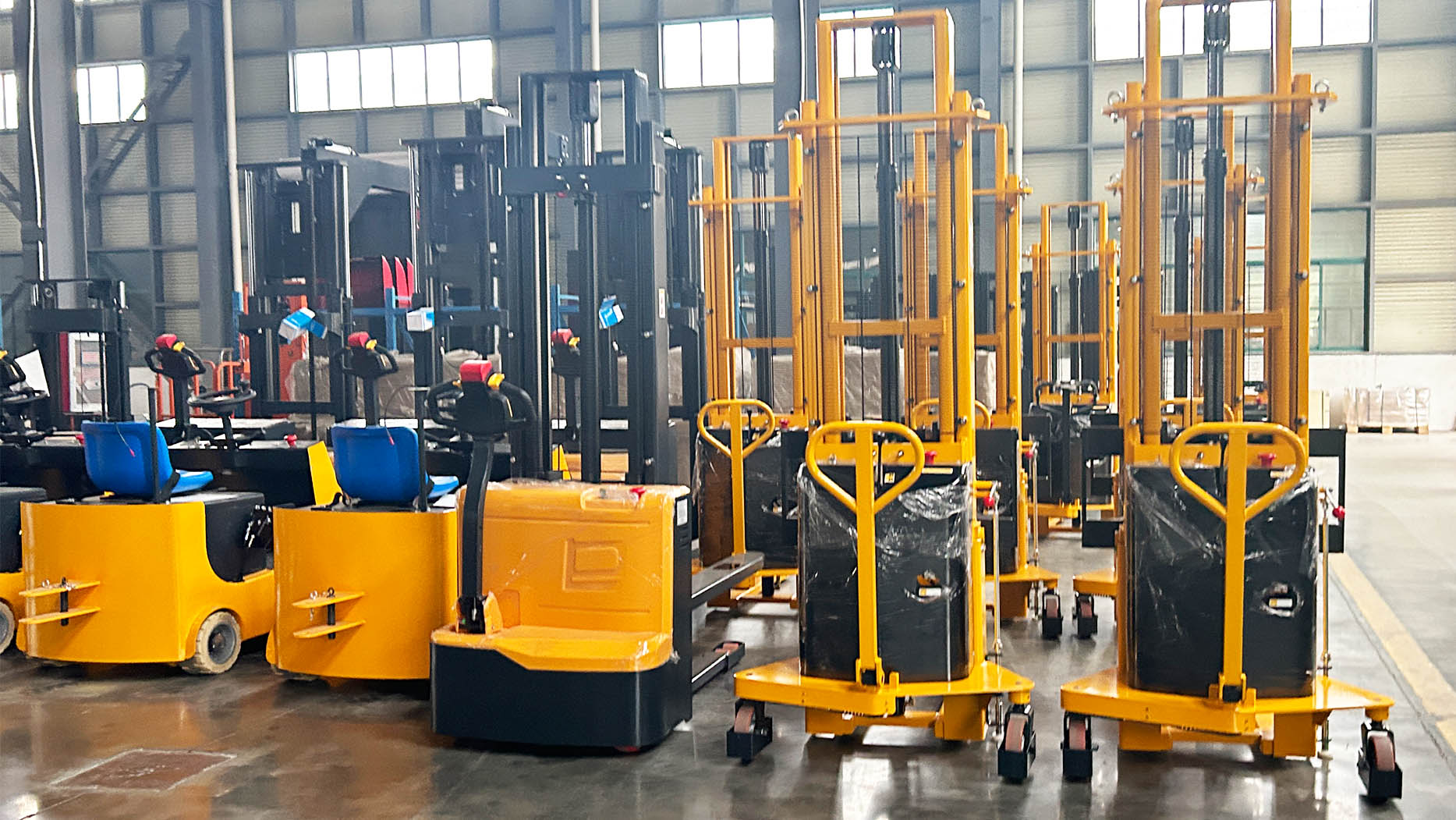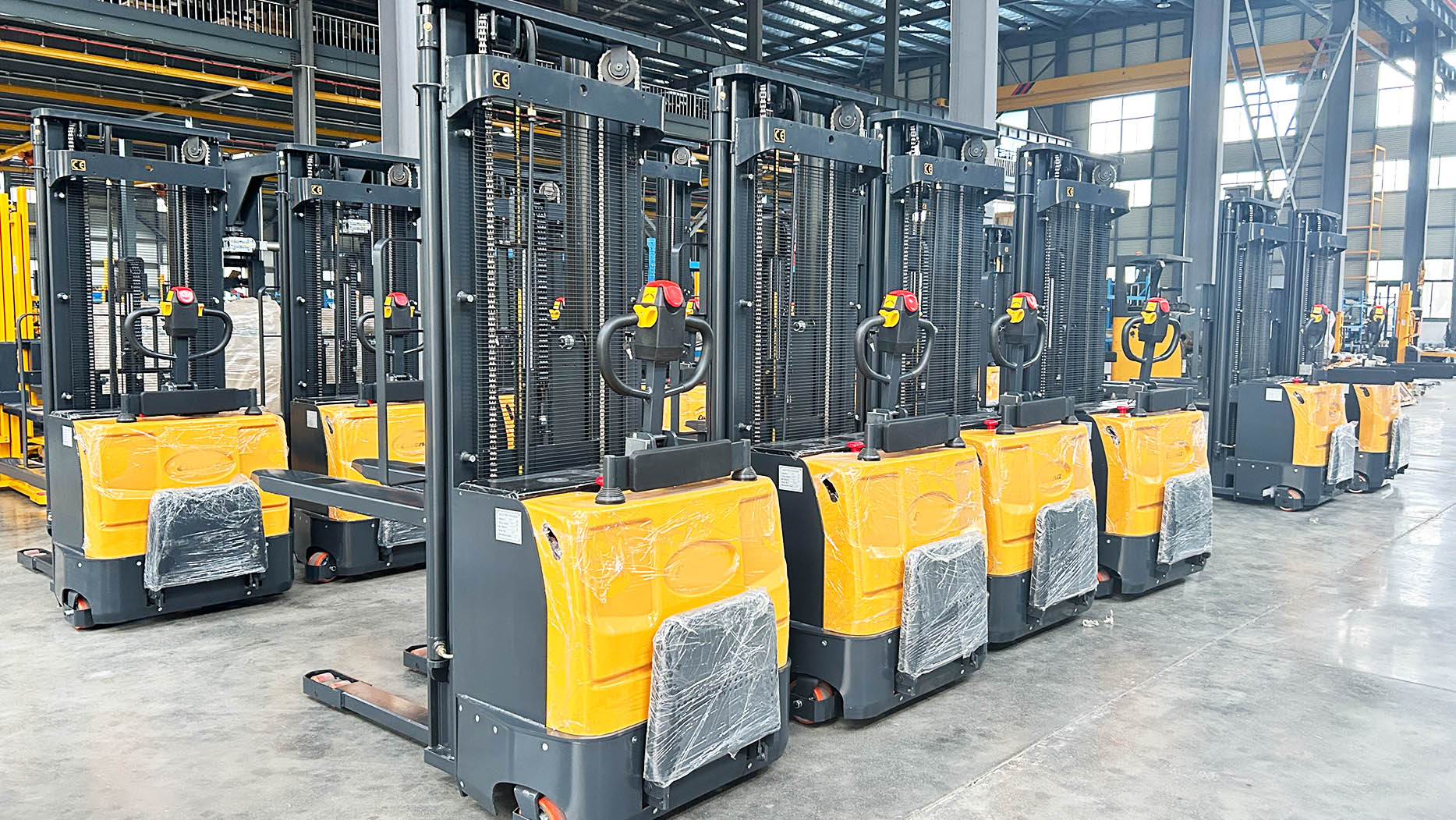The Backbone of Modern Logistics: Essential Types of Warehouse Equipment
In today's fast-paced global economy, warehouses are far more than just storage spaces; they are dynamic hubs of activity, critical links in the supply chain that ensure products move efficiently from manufacturers to consumers. The smooth operation of these complex facilities relies heavily on a diverse array of specialized equipment. From receiving and storing to picking, packing, and shipping, each piece of warehouse equipment plays a vital role in optimizing processes, enhancing safety, and ultimately, boosting productivity and profitability.
Understanding the various types of equipment available and their specific applications is crucial for warehouse managers, logistics professionals, and business owners looking to improve their operations. The right tools can significantly reduce labor costs, minimize errors, maximize storage density, and speed up order fulfillment, directly impacting customer satisfaction and a company's bottom line.
Material Handling Equipment: The Movers and Shakers
At the heart of any warehouse are the machines designed to move, lift, and transport goods. This category is vast and includes some of the most recognizable pieces of warehouse machinery.

1. Forklifts: The quintessential warehouse workhorse, forklifts are indispensable for lifting and moving heavy pallets, crates, and other large items. They come in various types, each suited for different tasks and environments: * Counterbalance Forklifts: These are the most common type, featuring forks at the front and a weight at the back to counterbalance the load. They're versatile for loading/unloading trucks and moving pallets around. * Reach Trucks: Designed for high-density storage, reach trucks have forks that extend forward, allowing them to retrieve and place pallets deep into racking, often in narrow aisles. * Order Pickers: These allow operators to be elevated with the forks, enabling them to pick individual items or cases from high shelves, crucial for e-commerce and less-than-pallet-load operations. * Pallet Jacks (Manual and Electric): Simple yet effective, pallet jacks are used for moving pallets horizontally over short distances. Electric pallet jacks offer powered assistance for heavier loads and longer runs, reducing operator fatigue. * Turret Trucks/Very Narrow Aisle (VNA) Forklifts: These highly specialized forklifts operate in extremely narrow aisles, often lifting loads to very high levels. Their forks rotate, allowing them to access pallets on either side of the aisle without turning the machine around.
2. Conveyor Systems: These automated systems are pivotal for continuous, high-volume movement of goods. They can transport items horizontally, vertically, or on inclines, streamlining processes like sorting, packing, and shipping. * Roller Conveyors: Use rollers to move items, either gravity-fed or powered. * Belt Conveyors: Employ a continuous belt to move items, suitable for irregular shapes or smaller packages. * Accumulation Conveyors: Designed to hold products temporarily without pressure, preventing damage and creating buffers in the flow. * Sortation Conveyors: Advanced systems that automatically divert products to different lanes based on destination, crucial for order fulfillment.
3. Automated Guided Vehicles (AGVs) and Autonomous Mobile Robots (AMRs): Representing the cutting edge of warehouse automation, these robots transport goods without human intervention. * AGVs: Follow predefined paths (e.g., magnetic tape, wires, sensors) and are excellent for repetitive, high-volume transport tasks. * AMRs: More flexible, AMRs use onboard intelligence and sensors to navigate dynamic environments, avoiding obstacles and finding the most efficient routes. They are increasingly used for picking, sorting, and goods-to-person systems.

2. Packing Stations: Dedicated areas equipped with everything needed for efficient packing, including: * Workbenches: Ergonomic surfaces for packing. * Dispensing Equipment: For tape, labels, and void fill materials (e.g., bubble wrap, air pillows). * Scales: For weighing packages to calculate shipping costs. * Printers: For labels, shipping manifests, and packing slips.
3. Automated Packaging Systems: For high-volume operations, these machines can automatically bag, box, seal, and label products, vastly speeding up the packing process.
Safety and Ergonomic Equipment: Protecting People and Products
While efficiency is key, safety and ergonomics are paramount to protecting warehouse personnel and preventing damage to goods.
1. Safety Barriers and Guardrails: Used to separate pedestrian walkways from forklift traffic, protect racking from impact, and define safe work zones.
2. Dock Levelers and Plates: Bridges the gap and height difference between the warehouse floor and the truck trailer, ensuring safe and efficient loading and unloading.
3. Industrial Fans and HVAC Systems: Essential for maintaining comfortable working temperatures, especially in large, uninsulated warehouses or in climates like Singapore's, improving employee well-being and productivity.
4. Ladders and Work Platforms: Provide safe access to elevated storage areas for picking, stocking, or maintenance tasks.
5. Personal Protective Equipment (PPE): Though not equipment in the traditional sense, PPE such as safety vests, hard hats, steel-toed boots, and gloves are critical for every warehouse employee.
The Future of Warehouse Equipment: Smart and Connected
The trend in warehouse equipment is moving towards greater automation, integration, and intelligence. Technologies like the Internet of Things (IoT), artificial intelligence (AI), and machine learning (ML) are being integrated into everything from forklifts with advanced navigation to smart racking systems that monitor inventory levels. This evolution aims to create truly autonomous and optimized warehouses, reducing human error, maximizing throughput, and providing real-time data for better decision-making.
In conclusion, the modern warehouse is a complex ecosystem of interconnected equipment, each playing a critical role in the seamless flow of goods. Investing in the right blend of material handling, storage, picking, packing, and safety solutions is not just an expense; it's a strategic investment that underpins the efficiency, competitiveness, and success of any business operating in today's demanding supply chain environment.

Post time:Jun.17.2025
